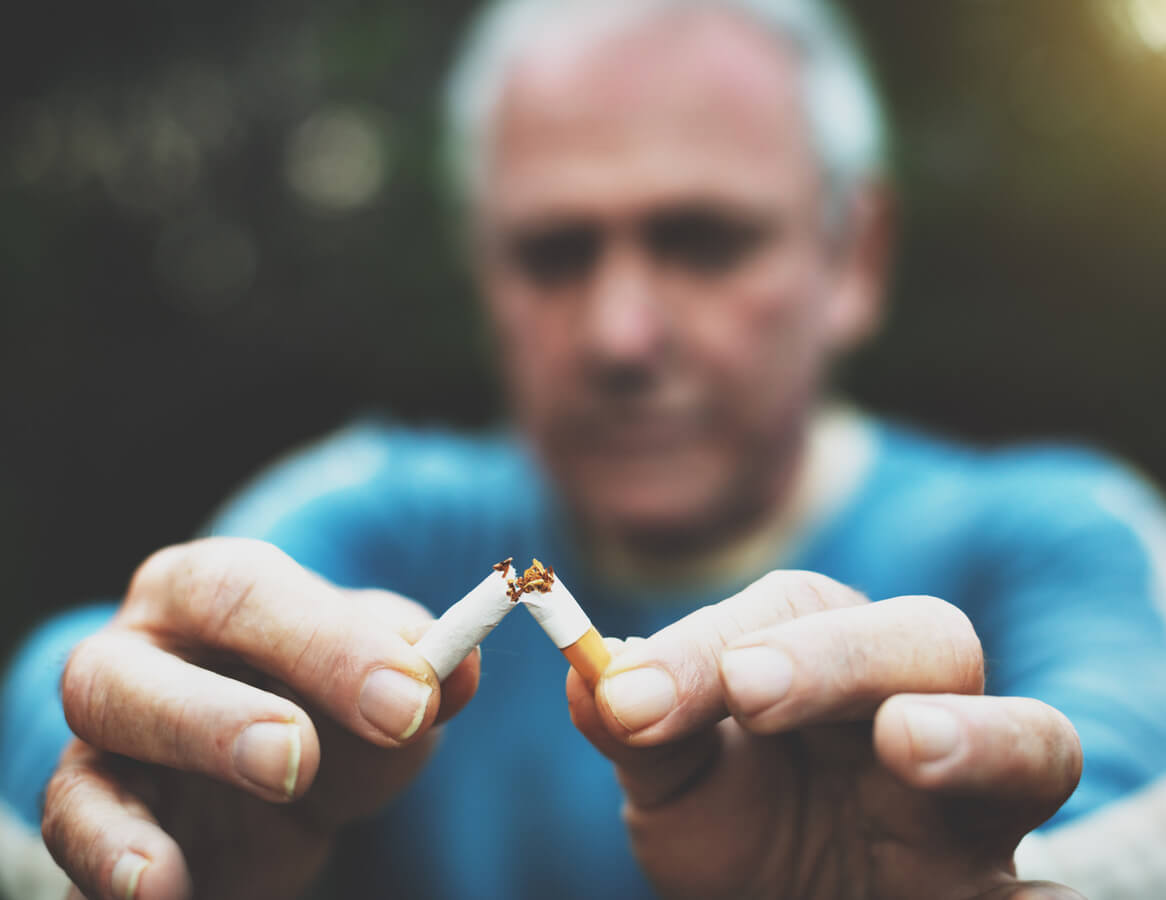Smoking and Chewing Tobacco
For decades, we’ve known that tobacco is a major contributor to poor oral health. Smoking and chewing can lead to a range of diseases and troubling conditions. According to the CDC, smokers have twice the risk for gum disease as a nonsmoker, and the longer you smoke and the more cigarettes you have, the greater your risk. Gum disease affects your oral bone structure — and, in turn, your teeth. In some cases, it can cause your teeth to fall out. Using tobacco also puts you at risk for developing oral cancer. What starts as growths and sores in your mouth can expand to impact your whole body. We screen for warning signs of disease during your regular visits. If you’re having trouble quitting tobacco, consider reaching out to a support group of peers, family, or even strangers on the internet to support you. Your mouth will be thankful!
Sugary Drinks and Snacks
It’s hard to pass up a cookie, soda, or other sweet treats, but doing so on a more regular basis can help prevent cavities and build-up down the line. Flavored drinks don’t disappear after you drink them; their sugary substances can linger in your mouth, embedding between your teeth. And soft drinks, both diet and regular, contain acids that can erode your smile after prolonged exposure. Soft treats, like gummy candies, can also stick behind–literally–and cause trouble. And hard candies are far from innocent. Biting down on lollipops, jawbreakers, and other tough treats can cause chips and cracks in your teeth or loosen fillings. While you don’t have to say no to every snack, take a few minutes to consider your alternative options and track how much you’re consuming.
Not Flossing
There’s a reason dentists are stereotyped as asking about flossing habits. It’s important! Flossing removes plaque that your trusty toothbrush simply can’t. Regularly flossing helps prevent cavities and gum disease. As noted by the NIH, “an analysis of 12 well-controlled studies found that flossing plus toothbrushing reduced mild gum disease, or gingivitis, significantly better than toothbrushing alone. These same studies reported that flossing plus brushing might reduce plaque after 1 or 3 months better than just brushing.” Today, there are all sorts of flossing tools — from picks to flavored string. If you have questions about flossing, don’t hesitate to speak up at your next appointment.
Indulging on Staining Substances
Think of your teeth like a sponge: what you put on them matters because it’s absorbed through enamel. Over time, exposure to staining substances can leave your teeth yellowed and dull — a top concern among my patients. Staining agents range from coffee and tea (sorry, caffeine lovers!) to red wine and soy sauce. If you can’t avoid staining substances all the time, be sure to brush your teeth shortly after enjoying them. At a certain point, you might be interested in teeth whitening using our Zoom! System or at-home bleaching.
Putting Off Visits
We know it’s not always fun to come visit us in our Great Neck and Briarwood offices, but putting off an inevitable visit can only make things worse. If you’re experiencing tooth pain, it’s important that you speak with a professional as quickly as possible. The sooner you treat the issue, the sooner you’ll be feeling well. Even better, set up regular visits for preventative care! Doing so helps us stay on top of potential issues. If you have any questions about what to expect during your appointment, we want to help. Give us a call or reach out via the contact form above.

